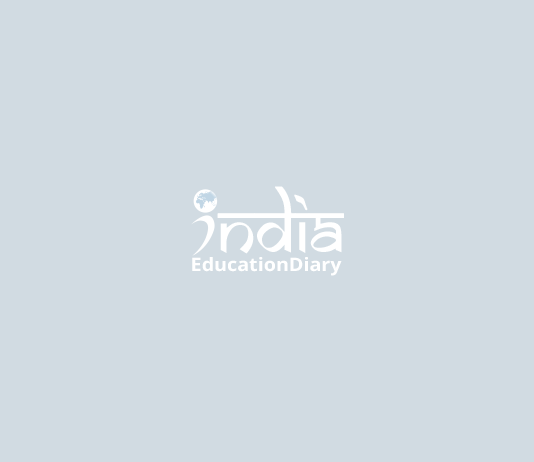How students and professionals learn from and with each other
How do we prepare for a future which will be fundamentally different due to climate change and other major social transitions? In the Mixed Classroom of the Urban Futures Studio, students and policy staff investigate together how we imagine the future and how we can do better. With this innovative form of education in which students and professionals learn from and with each other, Utrecht University is competing for the Nederlandse Hogeronderwijspremie 2021 external link, issued by the Ministry of Education, Culture and Science.
The Mixed Classroom is an initiative of the Urban Futures Studio (UFS) in collaboration with the departments of Social Geography and Urban Planning and Sustainable Development (Copernicus Institute) of the Faculty of Geosciences.
This new concept is an important innovation within Continuing Education – education aimed at professionals. In addition, it is the cornerstone of new Futuring education at UU: education aimed at imagining the future. “Futuring” is the active process of “making the future”.
Connect two worlds
The idea of the Mixed Classroom came from the observation that the distance between science and policy is often too great and that new forms of exchange are needed. It is important that science not only plays a controlling role, but also contributes to the debate about possible futures. And who can do that better than students who are taught the latest theories?
Jesse Hoffman founded the Mixed Classroom with colleagues Peter Pelzer and Maarten Hajer, Hoffman narrates: “With this innovative form of education we connect two worlds: that of students from scientific education & research and that of professionals from the field. In the classroom, we challenge both groups to jointly investigate how the discussion about the future around complex sustainability issues is conducted, and how this can be improved.”
“As a result, both groups reinforce each other. The students function as a mirror and ask policy officers why they do certain things. This forces reflection and interaction. Professionals bring practical experiences. This teaches students not only to approach problems from the perspective of theory but to look at the bigger picture and to come up with a solution based on that.”
Two learning curves in one classroom
But don’t professionals and students learn differently? Jesse: Yes, that’s right. But the set-up of our Mixed Classroom gives both target groups room for independent learning curves that influence each other. We do this by explicitly putting the relationship between science and policy first. Policy officers reflect on their own work in relation to new knowledge from research. The students consider how they can contribute to complex social issues with their academic training.”
“This is nicely reflected in the Practitioner’s Profile that students have to write. They interview a policy officer and then write a profile about his or her work from the perspective of the policy officer; what challenges do they face? And what about their work? Then they write a theory-informed advice based on their own discipline. For a professional, this fresh perspective and recommendation is very valuable, and students learn to deepen their theoretical knowledge and see how their theory is of practical use.”
The UFS education team works closely with ministries and municipalities for the Mixed Classroom in order to address current and urgent issues. With the aim of contributing to sustainability issues through academic education from a transdisciplinary learning setup: interdisciplinary and with social partners.
The Mixed Classroom is the first product of the search for “the new classroom” that bridges the outside world.
In March 2021, it will be announced whether the Mixed Classroom team will win the prize. The Ministry of Education, Culture and Science distributes three amounts of money:
the highest award of the Nederlandse Hogeronderwijspremie is 1.2 million euros
the second place of the Nederlandse Hogeronderwijspremie is 800,000 euros
the third place of the Nederlandse Hogeronderwijspremie is 500,000 euros
Recognize and appreciate
There are many awards for the research achievements of scientists. Because their education deserves the same appreciation, the Ministry of Education, Culture and Science created the Nederlandse Hogeronderwijspremie. The ministry annually awards 2.5 million euros for three Nederlandse Hogeronderwijspremies for higher professional education and 2.5 million euros for the three Nederlandse Hogeronderwijspremies for university education.
Higher education institutions can nominate one team that has delivered a major or special performance for the renewal and/or improvement of higher education.

